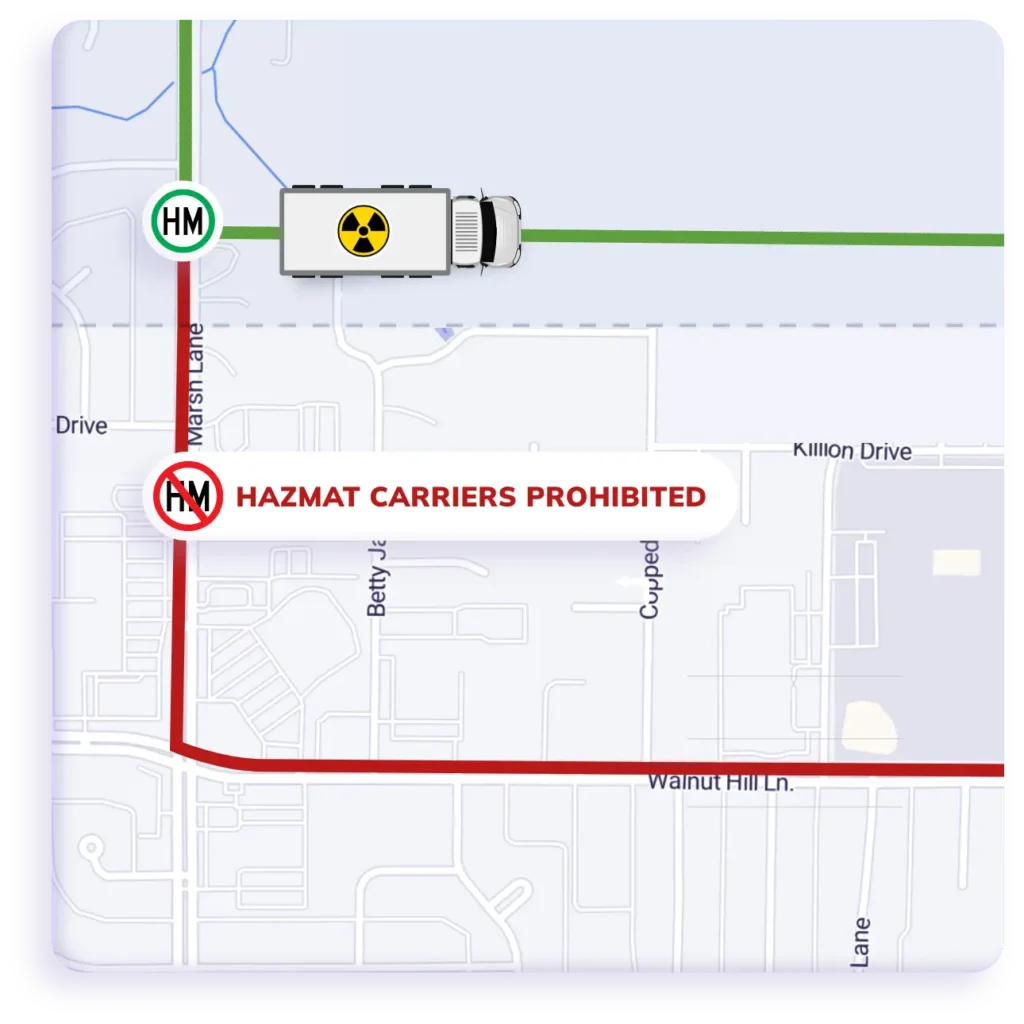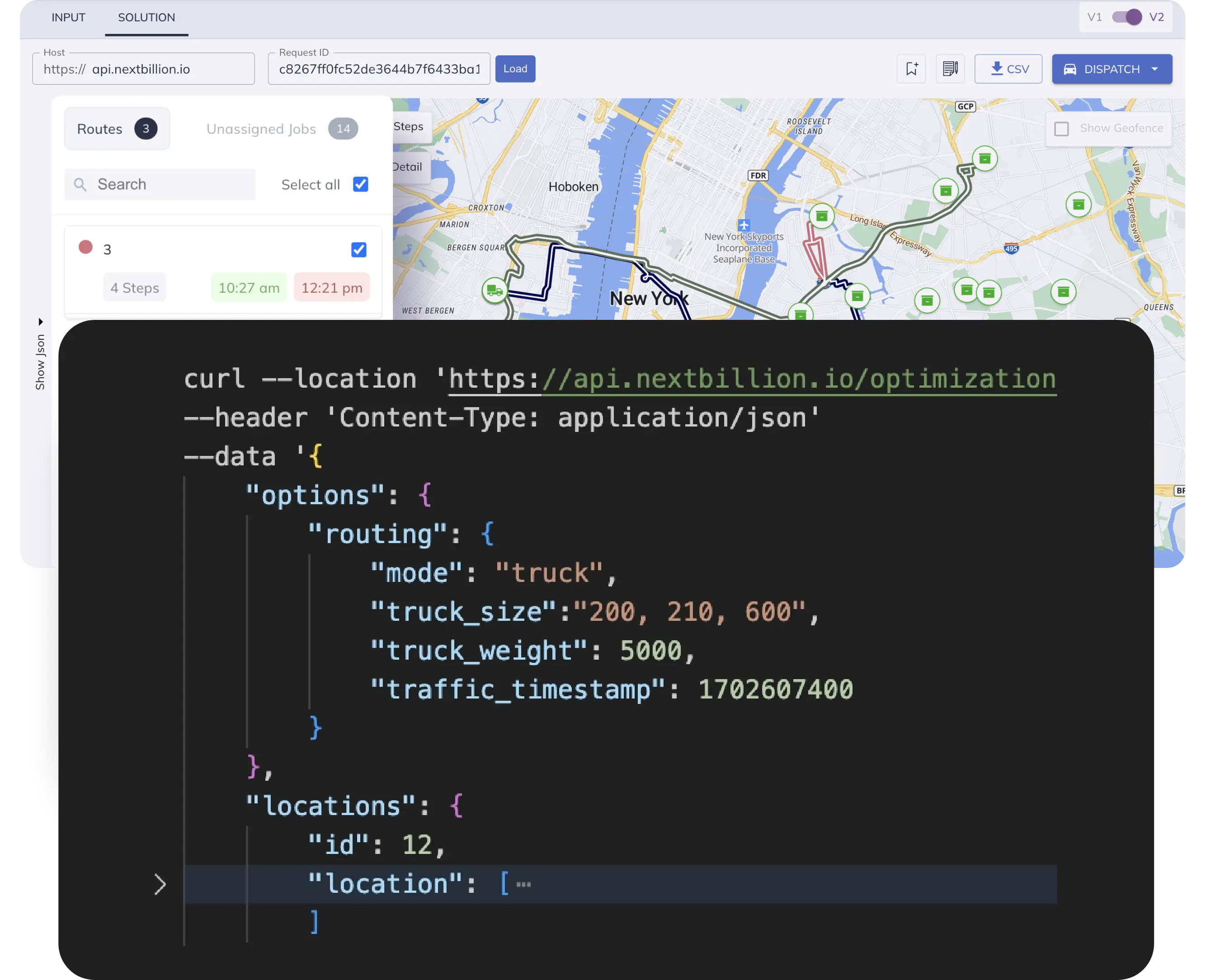Table of Contents
As you might expect, the safe and legal transportation of hazardous materials (hazmat) like poisonous, explosive, corrosive and biological materials involves navigating a labyrinth of regulations and safety protocols.
The governing bodies of each region set their own rules and guidelines for hazmat handling. For example, in the United States, the Department of Transportation (DOT) has laid out the Hazardous Materials Regulations (HMR). In Europe, the Agreement concerning the International Carriage of Dangerous Goods by Road (ADR) governs the transportation of such materials. Australia has the Australian Dangerous Goods (ADG) Code. And internationally, although primarily for air transport, the International Civil Aviation Organization (ICAO) Technical Instructions and International Air Transport Association (IATA) Dangerous Goods Regulations (DGR) influence road transport to and from airports.
All this for good reason! Handling such dangerous materials cannot be taken lightly. For those involved in their transportation, though, it can make compliance a convoluted challenge. This is where the customizability of NextBillion.ai’s route planning solution makes all the difference. We can help you plan routes in accordance with whatever regulations you need to abide by for the transportation of hazardous materials at local, national and global scales.
NextBillion.ai’s Route Optimization API offers a hazmat routing feature that’s specifically tailored to the needs of moving these materials, helping you simplify operational complexities and mitigate risks to public health, safety and the environment. This article explores the details and practical applications of this feature, highlighting how it enhances safety, compliance and operational efficiency while making the job of hazmat route planning quicker and easier.
Key Components of NextBillion.ai Hazmat Route Planning
NextBillion.ai’s Route Optimization API recognizes four categories of hazardous materials: general, circumstantial, explosive and harmful to water. Please note that the ‘hazmat’ parameter for our API is only valid when you set the travel mode to ‘truck’.
Our hazmat route planning capability automates the selection of safe and compliant routes that minimize the risks associated with moving dangerous goods. Let’s take a look at some of NextBillion.ai’s Route Optimization API’s features that make this possible:
Comprehensive Map Data
The detailed map data that we utilize for route planning includes information about material-specific regulations that dictate the transportation guidelines for each type of hazardous material.
For instance, certain tunnels could be off-limits for hazardous materials due to the risk of confined space accidents, some bridges have restrictions on weight and hazardous material transport, and depending on the material at hand, it might be necessary for route planning to bypass densely populated areas to minimize risk to local citizens in case of an accident.
Real-Time Dynamic Rerouting
Our API integrates real-time traffic data so that drivers can respond to changing conditions as and when they occur. This feature is crucial for hazmat transportation, as it allows for immediate routing adjustments to account for unexpected traffic while maintaining compliance and operational efficiency.
Such responsiveness helps avoid delays and potential hazards in areas with heavy traffic, reroutes around accidents that could pose additional risks to carriers and quickly adapts to detours and unexpected road closures to maintain compliance and safety.
Advanced Routing Permissions
Our Route Optimization API’s wide selection of routing permissions and constraints often comes in handy when dealing with the transportation of hazardous materials.
As an example, some areas may have time-specific restrictions on when hazardous materials can be transported — usually outside of peak traffic hours. Many roads impose restrictions on the types of trucks that are allowed to ply them in addition to height clearances and weight limits. Our solution takes all of these specific constraints into account for your hazmat route planning.
Skill-Based Task Allocation
NextBillion.ai’s route planning solution supports skill-based task allocation, so you can make sure that each job is assigned to an appropriate driver and vehicle.
Certain types of materials require specialized equipment for safe transportation. Similarly, drivers may require specific permits and certifications to carry some materials. The skill-based allocation feature allows users to guarantee that these prerequisites are met for each individual job.
Road Editor Application
NextBillion.ai’s Road Editor Application empowers you to edit map data and enforce custom route permissions as needed. This is particularly useful for implementing organizational routing policies and immediate map updates that have not yet been reflected in the source map data.
This feature makes it possible to create custom routing logic for areas where the source map data may prove insufficient, like industrial layouts. It also enables you to quickly respond to factors that could affect routing, such as new infrastructure, damaged roads, ongoing road work and more.
Top 3 Benefits of NextBillion.ai’s Hazmat Route Planning Feature
Regulatory Compliance
NextBillion.ai’s Route Optimization API integrates regulatory data to ensure that all routes comply with the relevant laws for each region, minimizing your exposure to fines and legal issues. This compliance is essential for maintaining the credibility and operational licenses of logistics companies.
Enhanced Safety
By generating the safest possible routes that avoid sensitive, densely populated and accident-prone areas, our API’s hazmat route planning feature significantly reduces the risk of accidents and exposure to dangerous materials, helping prevent incidents that could harm your organization, its employees, the public and the environment.
Operational Efficiency
With features like multi-stop optimization and dynamic re-routing, the API helps optimize complex routes and schedules to save time and reduce operational costs while simultaneously maintaining safety and compliance. We enable you to strike the perfect balance between efficiency, profitability and safety.
Hazmat Route Planning Use Cases
Route planning specifically for hazardous materials finds applications across many industries and use cases. A few common ones include:
Chemical Manufacturing
Chemical manufacturing companies will need to transport often hazardous precursor materials to their manufacturing facilities, where chemical processing takes place to create the final product, and then move the product from their facilities to various distribution centers across regions.
Using NextBillion.ai’s Route Optimization API, manufacturers can specify the types of hazardous chemicals being transported, along with where they’re being picked up from and where they need to go. The API generates routes accordingly that take necessary precautions like avoiding tunnels, densely populated locations and areas around natural water bodies to ensure compliance with local rules and regulations for each region. In case of traffic congestion or road incidents, the API can dynamically adjust routes to maintain safety and operational efficiency.
Petroleum Refinement and Distribution
Petroleum refinement involves the use of many toxic, corrosive and flammable materials. Apart from the need to get these materials to the refinement plants, petroleum companies must also consider the logistics of delivering products like gasoline and diesel to multiple gas stations across metropolitan areas.
Our Route Optimization API can help automate the route planning process across entire fleets to avoid residential neighborhoods and high-traffic zones while optimizing delivery schedules to reduce travel time and fuel consumption. By ensuring that routes comply with regulations, the company minimizes legal risks and enhances the safety of its logistical operations.
Pharmaceutical and Healthcare Logistics
Pharmaceutical and healthcare operations often involve the movement of hazardous and closely regulated chemicals, biological materials and other sensitive items that require careful handling.
NextBillion.ai’s Route Optimization API generates routes carefully selected to minimize exposure to populated areas and avoid zones with restrictions on hazmat transportation. This not only helps maintain public safety but also ensures the integrity and stability of these sensitive materials throughout transit. The API enables reliable, secure and efficient logistics to enhance pharmaceutical and healthcare logistics operations.
Emergency Response
In emergency scenarios like natural disasters or industrial accidents, timely and safe movement of hazardous materials both to and from the site of the incident is crucial. Events like chemical spills, industrial fires and disease outbreaks all require expedited yet carefully planned movement.
Emergency response teams can use NextBillion.ai’s API for route planning that prioritizes speed and safety, navigating through roadblocks efficiently. Our dynamic routing feature helps circumvent congestion that typically occurs in such circumstances, helping facilitate rapid response and containment of hazardous situations, minimizing environmental damage, further contamination and health risks.
Waste Management
Effective waste management, especially involving hazardous waste, is critical for environmental protection and public health. Companies dealing with industrial, medical or chemical waste need to take these materials to designated treatment, storage or disposal facilities.
NextBillion.ai’s Route Optimization API helps these companies execute route planning that avoids sensitive areas such as residential neighborhoods, schools and water sources. By integrating real-time traffic data and regulatory requirements, the API ensures that hazardous waste is transported safely and efficiently, reducing the risk of spills, accidents and exposure. This not only ensures compliance with environmental regulations but also enhances the overall safety and reliability of waste management operations.
Achieve Hazmat Route Planning Goals With NextBillion.ai
NextBillion.ai’s Route Optimization API, with its specialized hazmat routing feature, is a hugely powerful tool for those organizations involved in the logistics and transportation of dangerous materials. By combining advanced algorithms, real-time data integration and regulatory compliance, the API provides a comprehensive solution that automates route planning and enhances safety, efficiency and compliance in hazardous material transportation across industries and use cases.
Selecting the right solution for your organization should be about more than just one feature, though. Read up on other key considerations during this crucial process here.
If you want to understand the technical details of our hazmat routing feature, read our documentation.
Ready to get started?
Request a DemoTable of Contents






